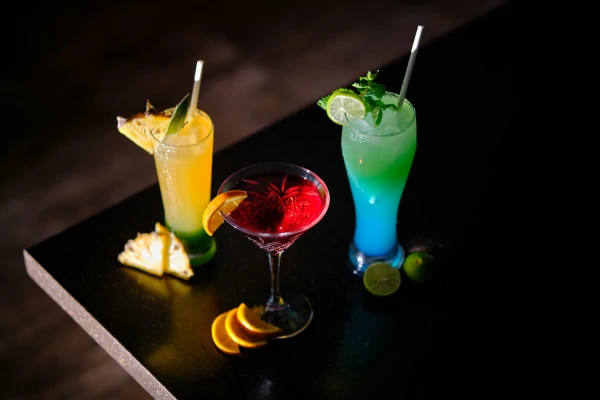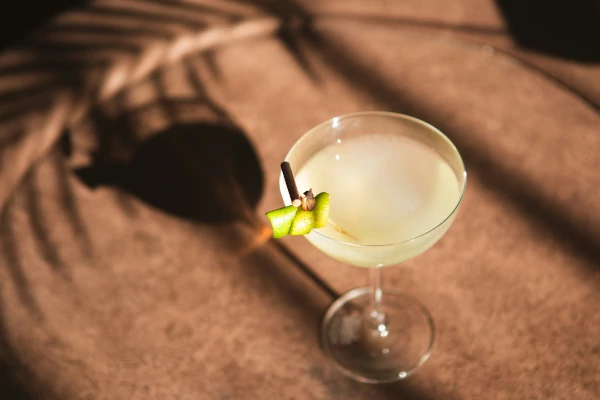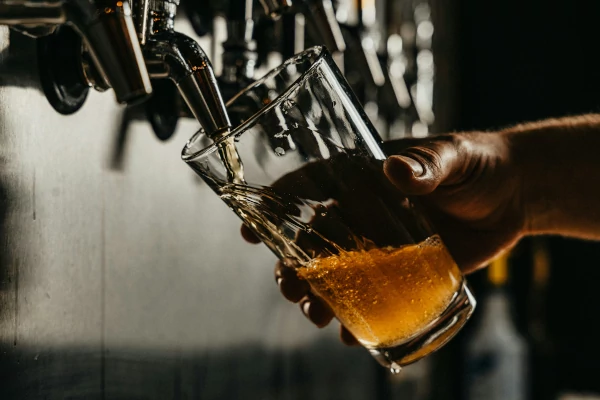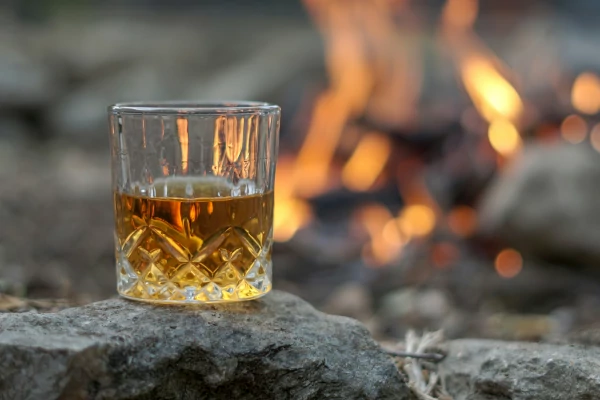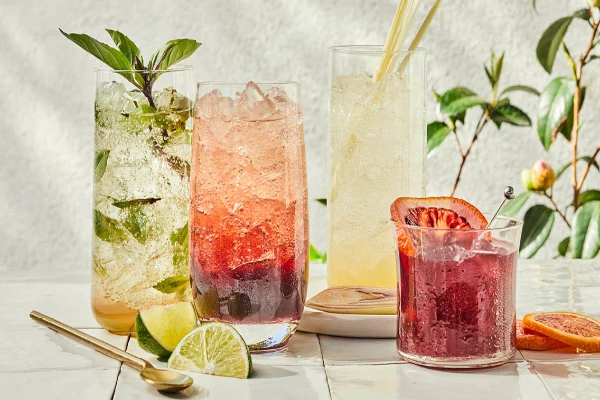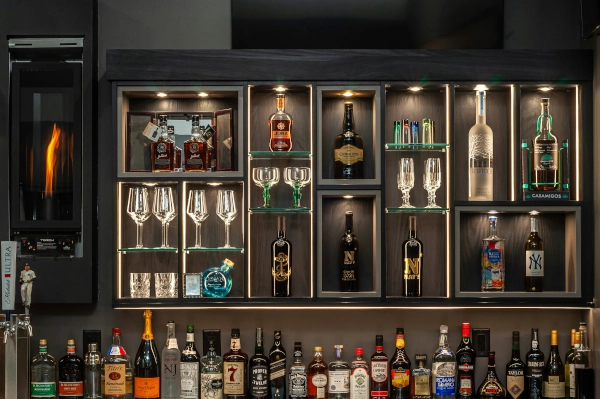A Guide to Liquor Tasting and Appreciation: Unlocking the Secrets of Aroma, Flavor, and Finish
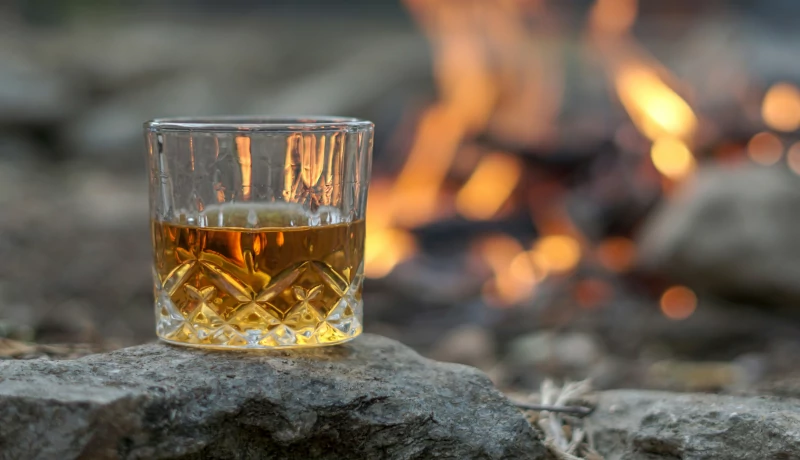
Discover the art of liquor tasting with our guide to savoring aromas, flavors, and finishes. Learn how to enhance your experience and appreciate the complexities of fine spirits.
When it comes to enjoying a fine glass of liquor, the experience can be as nuanced and intricate as savoring a fine wine or gourmet meal. Tasting and appreciating liquor involves more than just sipping—it's an art form that engages all your senses. Whether you’re a seasoned connoisseur or a curious novice, understanding how to properly taste and appreciate different types of liquor can elevate your drinking experience. Here’s a guide to help you explore and enjoy the complexities of liquor through its aroma, flavor, and finish.
It is advisable to have alcohol/liquor drinking license in Maharashtra. You can apply online for alcohol/liquor drinking liquor license here : Click Here to Apply Now
1. Preparation: Setting the Stage
Before diving into the tasting, ensure you have the right environment and tools. Use a tulip-shaped glass or a Glencairn glass for spirits like whiskey, as these shapes concentrate the aromas and make it easier to appreciate the subtle notes. Make sure your glass is clean and free from any residual odors that could interfere with your tasting experience.
2. The First Impression: Aroma
The aroma is a critical component of liquor tasting, often providing the first clues about the drink’s profile. Here’s how to properly assess it:
2.1 Swirl and Smell: Gently swirl the liquor in your glass to release its aromatic compounds. Bring the glass to your nose and take a moment to inhale deeply. Don’t rush—give your senses time to register the various aromas.
2.2 Identify Notes: Try to identify the different scents. You might detect fruity, spicy, woody, or herbal notes, among others. For example, a bourbon might present rich caramel and vanilla notes, while a Scotch might offer smoky or peaty aromas.
2.3 Assess Complexity: Notice how the aromas evolve as the liquor sits in the glass. A complex spirit will reveal multiple layers of fragrance over time.
3. The Heart of the Experience: Flavor
Tasting the liquor involves more than just a quick sip. Follow these steps to fully appreciate its flavor profile:
3.1 Take a Small Sip: Take a small sip and let the liquor coat your palate. Allow it to spread across your tongue, engaging all taste buds.
3.2 Savor the Flavor: Pay attention to the initial taste, which is often referred to as the “entry” or “attack.” Notice the flavors that come to the forefront—are they sweet, bitter, sour, or salty?
3.3 Explore the Mid-Palate: As the liquor moves through your mouth, notice the evolving flavors. This phase, known as the “middle palate,” reveals the complexity and balance of the spirit.
3.4 Identify Key Flavors: Try to discern specific flavor notes, such as fruit, spice, oak, or smoke. Compare these flavors with what you identified in the aroma.
4. The Final Touch: Finish
The finish, or “aftertaste,” is an important aspect of liquor appreciation. It describes the flavors and sensations that linger after you’ve swallowed.
4.1 Observe the Duration: Note how long the flavors persist on your palate. A long, complex finish is often indicative of a high-quality liquor.
4.2 Identify Finish Characteristics: Pay attention to the qualities of the finish. Is it smooth, warm, dry, or lingering? Does it leave a pleasant or harsh aftertaste?
4.3 Compare with Other Tastes: Compare the finish with the initial taste and aroma. Does it harmonize with the earlier impressions, or does it present a new dimension?
5. Pairing and Context
To further enhance your tasting experience, consider pairing your liquor with complementary foods. For instance, a rich, peaty Scotch might pair well with strong cheeses, while a light gin could be enjoyed with fresh seafood. The right pairing can highlight and amplify the flavors of both the food and the liquor.
6. Record and Reflect
Keep a tasting journal to record your impressions of different liquors. Note down the aromas, flavors, and finishes you experienced, as well as any pairings you tried. Over time, this will help you refine your palate and deepen your appreciation for various types of spirits.
Conclusion
Liquor tasting is an enriching experience that combines sensory exploration with personal preference. By paying attention to the aroma, flavor, and finish of each spirit, you can gain a deeper understanding of its character and enjoy it to its fullest. Whether you're savoring a glass of bourbon or exploring a new gin, taking the time to appreciate the nuances of each liquor will enhance your enjoyment and broaden your palate. Cheers to your tasting journey!
How to get drinking liquor license : Click Here to Apply Now
